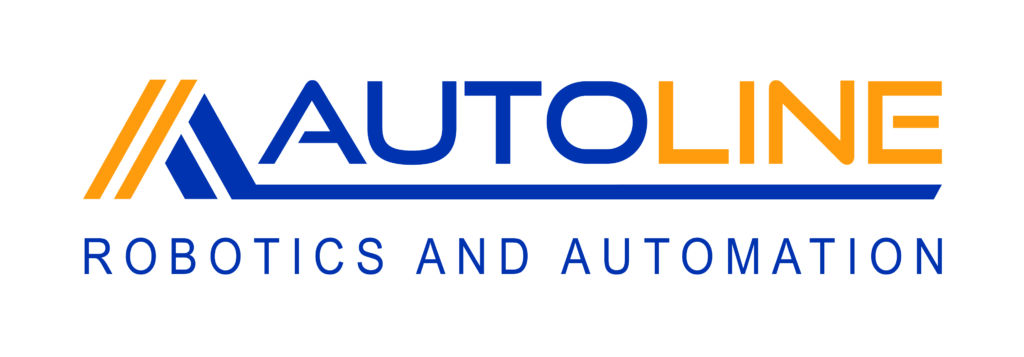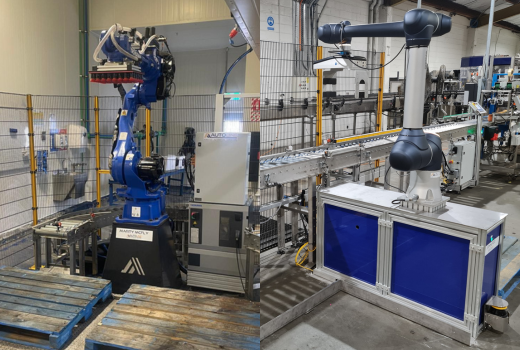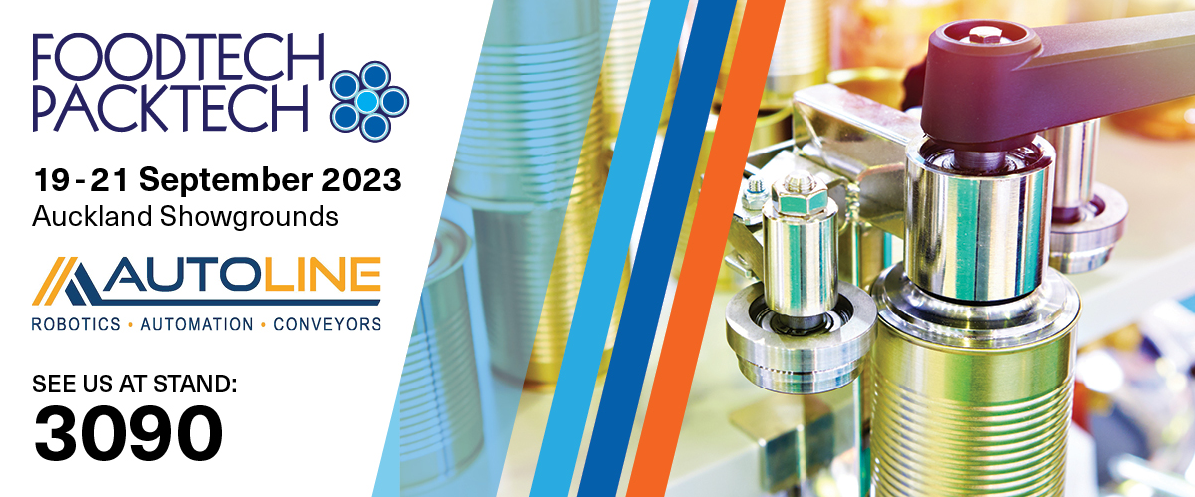Robotic palletising is the process of using robots to organise items on a pallet for shipping or storage. Automating this process is becoming increasingly popular in many industries as it can help companies improve productivity, efficiency, and quality while reducing labor costs and increasing safety.
One of the main benefits of robotic palletising is increased productivity and efficiency. Robots can work around the clock, increasing the production capacity and reducing downtime. Moreover, robots can be programmed to work with high precision, which can lead to fewer errors and material waste, improving the overall productivity and efficiency of the process.
By automating the palletising process, companies can reduce the need for human labor, which can lead to cost savings. Robots don’t get tired and don’t require overtime pay, which can lead to cost savings for the company. Additionally, robots can work in hazardous or dangerous environments, reducing the risk of injury to human workers. Automating repetitive, mundane tasks such as palletising, staff are freed up to focus on more complex and challenging work. This leads to increased productivity and efficiency, as well as job satisfaction and employee engagement.
Robotic palletising can also lead to improved quality control. Robots can be programmed to follow specific instructions and perform tasks with a high degree of accuracy and consistency, which can lead to improved quality control. This can help companies reduce the risk of defective products and improve customer satisfaction.
Robotic palletizing is also highly flexible. Robots can be programmed to handle a wide variety of products, including different shapes, sizes, and weights, which can lead to greater flexibility in the production process. This can help companies adapt to changing customer demands and market conditions.
Overall, robotic palletising is flexible, precise, and efficient and can be used in a variety of different industries. Companies who adopt robotic palletizing are expected to have a competitive edge over those who don’t, as the technology will help them to operate more efficiently and effectively.





